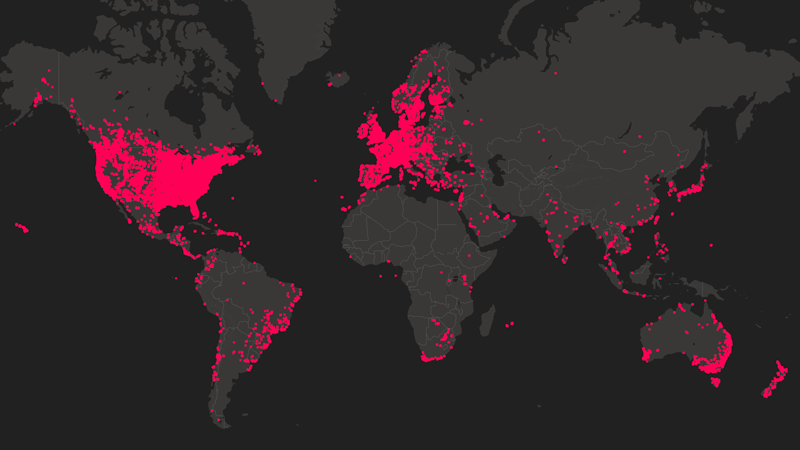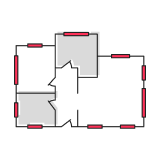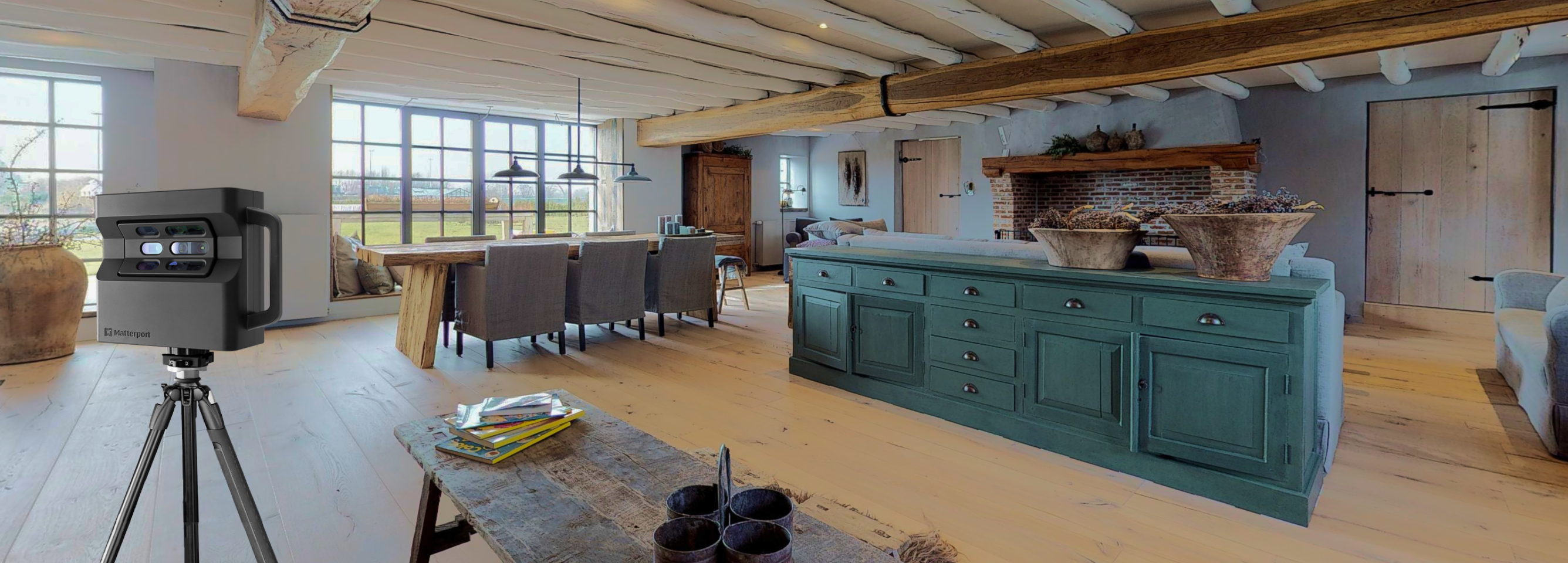
How Matterport works
Matterport is the standard for 3D space capture. Our all-in-one platform transforms real-life spaces into immersive digital twin models. So much more than panoramic scans, Matterport empowers people to capture and connect rooms to create truly interactive 3D models of spaces.
Why Matterport?
Features Panel - Title
A powerful suite of features.
Transform how you market and manage your properties with Matterport’s digital twin platform.
Features Panel - Content
Improve viewer engagement by crafting a story about your space.

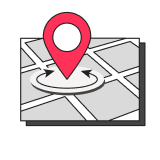
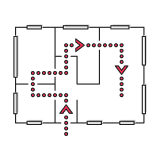

Dollhouse
Views
Google Street
View
Guided
Tours
Tags
Collaborate, plan and share more easily with your team, vendors or customers.
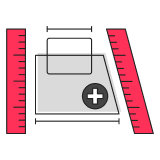


Measurement
Mode
Views
Notes
Access enterprise grade security and advanced admin features for teams of all sizes.


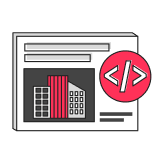
Enterprise
Security
Management &
Permissions
Private Model
Embed
See all features button - white
3D Capture for all
Get the complete Matterport experience with just the phone in your pocket. Download the app and go.
.png)
It starts with the tap of a button.
Connect your 3D camera, 360° spherical camera, lidar camera, or mobile device to scan your space. Our mobile app makes it simple and cost effective to turn any space into an immersive 3D digital twin that you can share with others.
No matter the goal in mind, Matterport is there for you.
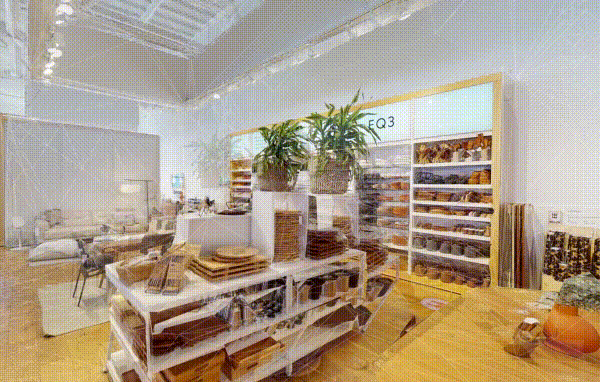
Capture Services is ready to transform your property into a detailed digital twin, so you can access, manage, and promote your space any time, from anywhere.
- 24-48 hour turnaround
- Perfect for both small and large spaces
- Affordable pricing across 700+ cities around the world
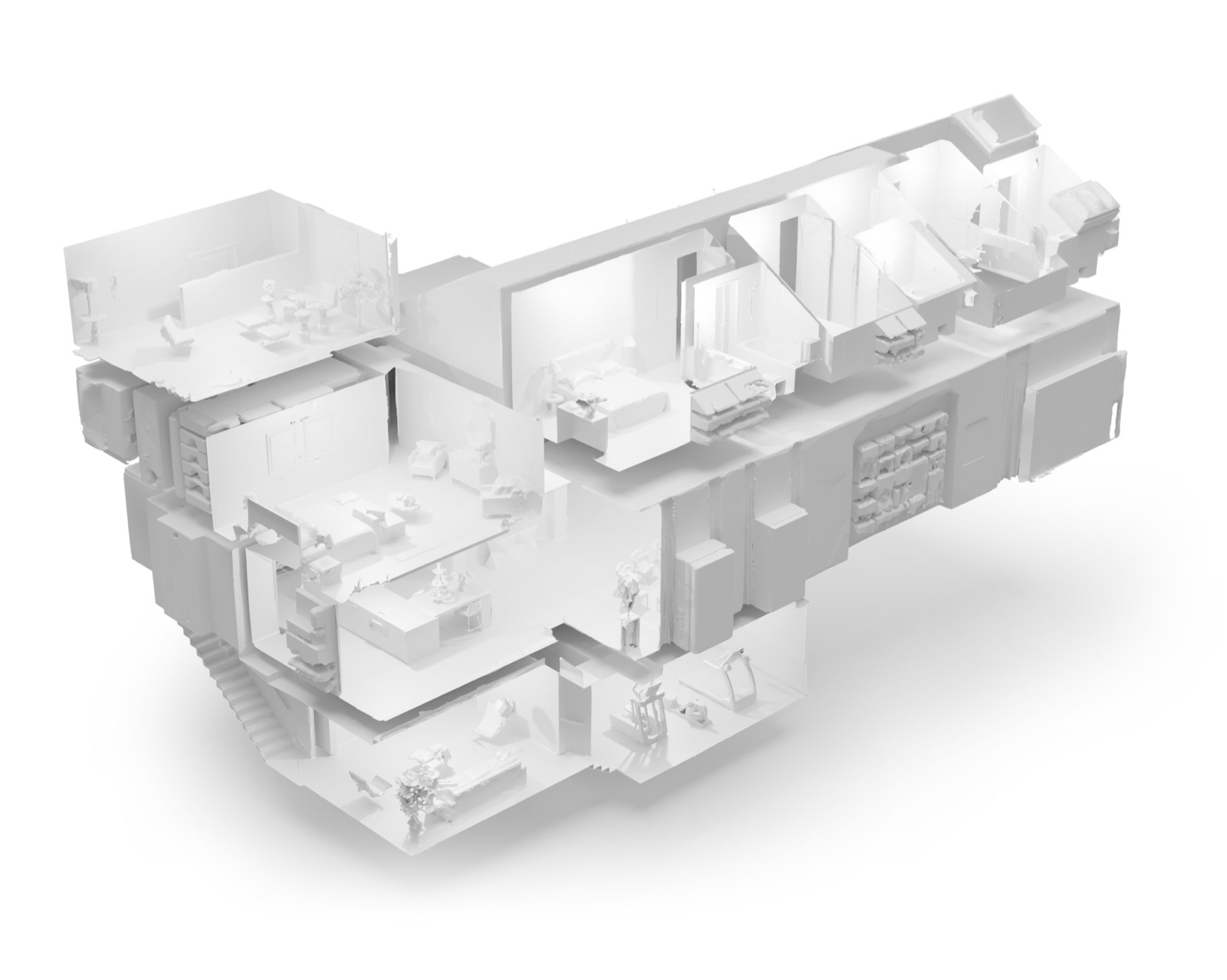
Sit back and let Matterport's Cortex AI platform turn your scan into an interactive 3D model. Cortex can identify objects within rooms, stitch all of your scans together, and reconstruct your space into an immersive virtual tour.
- Automatically blurs people's faces, and identifies the most appealing photos and videos
- Converts 360 panoramic images into 3D spaces
- Capable of extremely accurate measurements
Customize your 3D model
Once Cortex has finished processing your 3D model, you can tailor the walkthrough to your needs. You can edit, add, modify, and annotate your space however you want.
- Create videos and guided tours
- Trim your video and set starting points for each tour
- Add tags to your model - called Mattertags™ - with explanatory texts, links, and videos
- Generate 4K print-quality photos, videos, animated GIFs, OBJ, XYZ, JPG, and PDF files
.png)
Share your model and related assets with anyone on any device. It’s as easy as sharing a photo. You’ll be able to accelerate collaboration and productivity, as well as expand your customer engagement and reach.
- Share on social media and email
- Embed it on your website
- Publish to Google Street View, VRBO, and Realtor.com, and other platforms
- Send schematic floor plans
- Create and import .SKX files easily with Matterport TruePlan™ for Xactimate®
Matterport for everyone
Our customers use Matterport every day to save time, to reduce costs, to streamline processes - to make their lives easier.
Developing with Matterport
Use our APIs and SDKs to build custom apps, create new 3D experiences, and take your business to the next level.
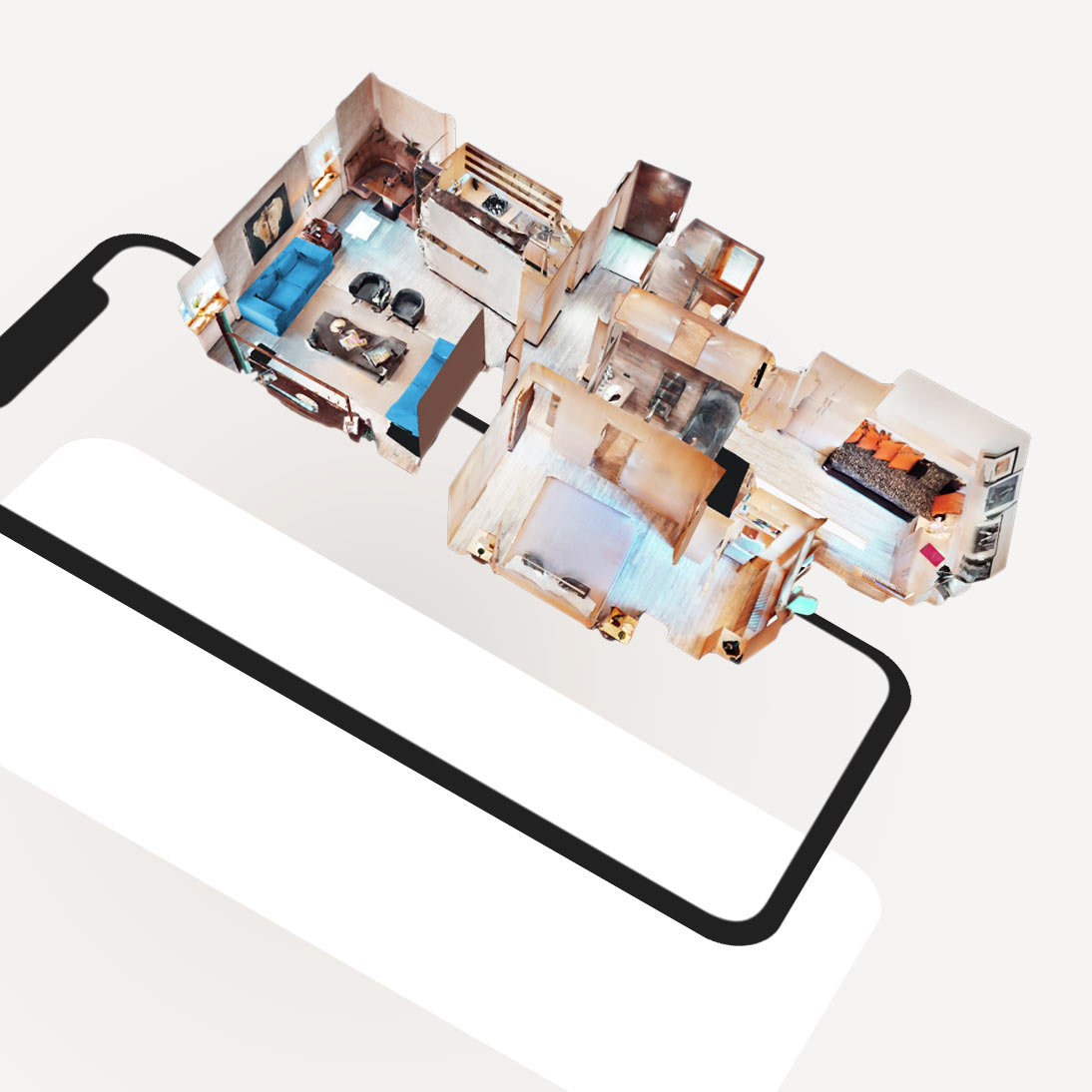
Matterport offers the largest and most visited library of 3D spatial data in the world. We host millions of spaces that have been viewed billions times.
- Build custom applications using Matterport 3D data and Showcase app
- Integrate with Matterport fast and seamlessly
- Provide an immersive and interactive experience for your users
- Utilize our APIs to enhance your Matterport space
- Integrate the Matterport experience with your company’s brand and workflows including third-party apps
FAQs about How It Works
-
How long does it take to scan?
-
An individual scan takes about 30 seconds. This includes:
- Camera scanning and rotating (20 seconds)
- Transferring data from camera to the iPad (5 seconds)
- Aligning to previous scans on the iPad (5 seconds)
- Moving the camera to the next spot (can be done at the same time as transfer and alignment)
Multiply this by the total number of scans. Most residential homes (2000 ft2 or 185 m2) can be done in 50 to 75 scans.
Altogether, this means it takes about 25 min to 38 minutes to scan a typical residential home (2000 ft2 or 185 m2).
-
How long does it take to process?
-
Model processing times depend on several factors:
- Upload speed - Time it takes to upload from your iPad to the cloud.
- Processing queue - Certain times of the day see more models uploaded than others.
- Model size - This is the biggest factor. Larger models take longer to process. A model with only 1 or 2 scans may finish in 30 minutes, while a model with 200+ scans may take 24 to 48 hours. Models with difficult geometry also require more time to process.
- Most models process within eight hours
- 24-hour processing is unusual
- Longer than that is rare, but possible
- Blur Faces - If this option was selected when uploaded, this adds about 2 minutes per scan position. So if your model is 100 scan points, expect 3.3 hours to be added to the processing time.
-
Can you use Matterport outside?
-
The Matterport Pro and Pro2 3D cameras are designed for scanning inside. We strongly recommend switching to 360º Views when scanning outside or using a BLK360 G1. You can use a 360 camera, but you may need to reduce distance to maintain good alignment.
Scanning outside in 3D Scan mode is possible but not supported. This is because the camera uses infrared light to capture 3D data. Even on a cloudy day, infrared light from the sun can lead to alignment issues and poor Dollhouse and Floorplan Views.
-
How accurate is Matterport?
-
Measurements in Matterport are generally accurate to within 1% of reality under normal operating conditions. Decalibration, abnormal temperatures, and other factors may result in reduced accuracy.
For example, in a 10 ft (3 m) long room, measurements can vary within 1.2 in (3 cm) from actual.
In addition, objects smaller than 1 in (2.5 cm) in any dimension may not appear. This also applies to very shiny or very dark objects since not enough light is reflected back to form a 3D mesh.

